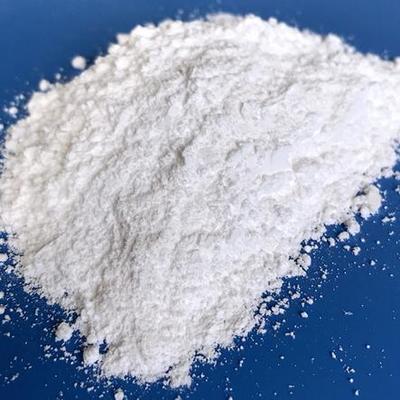Is Sodium Sulfate Soluble in Water?
Chemical Composition of Sodium Sulfate
Sodium sulfate, commonly represented as Na₂SO₄, is an ionic compound. It’s made up of two sodium ions (Na⁺) and one sulfate ion (SO₄²⁻). These ions are held together by strong electrostatic forces. When dissolved in water, these bonds break, allowing the sodium and sulfate ions to disperse.
The compound can exist in different forms. For instance, its anhydrous form contains no water, while sodium sulfate decahydrate (known as Glauber’s salt) includes 10 water molecules bound within its crystal structure.
Physical Properties
Sodium sulfate typically appears as white, crystalline powder. In its anhydrous form, it’s odorless and soluble in water. Its melting point is around 884°C, and it’s stable at normal conditions. Interestingly, as a decahydrate, it undergoes a phase change at approximately 32.4°C, transitioning from solid to liquid due to the water content in its crystals.
Common Applications of Sodium Sulfate
You’ve likely encountered sodium sulfate in various products or processes without even realizing it. It’s often used in:
- Detergents: Sodium sulfate acts as a filler in powdered laundry detergents, helping maintain consistency.
- Glass Manufacturing: It removes small air bubbles from molten glass, improving transparency and quality.
- Papermaking: Sodium sulfate is part of the kraft process, which turns wood into pulp for paper production.
Other industries also rely on the compound, from textiles to the food sector.
For more chemical details, check out the thorough profile on PubChem.
The Science Behind Solubility
Understanding solubility requires exploring how compounds break apart and dissolve in different conditions.
What Is Solubility?
Solubility refers to how much of a substance can dissolve in a solvent, like water. Various factors affect this process, including:
- Temperature: Higher temperatures usually increase solubility, though this isn’t always true for every compound.
- Pressure: Important for gases but less so for solids like sodium sulfate.
- Nature of the Solvent: Polar solvents like water dissolve ionic compounds more effectively because of their charged structure.
Ionic Compounds in Water
When sodium sulfate dissolves in water, its sodium (Na⁺) and sulfate (SO₄²⁻) ions separate. This process occurs through ion-dipole interactions. Water molecules, being polar, pull apart the positive sodium and negative sulfate ions, effectively dissolving the compound.
This ability to separate ions is why water is called the “universal solvent.”
Is Sodium Sulfate Soluble in Water?
Let’s answer the main question. Yes, sodium sulfate is soluble in water, but there’s more to it than a simple “yes” or “no.”
Solubility at Room Temperature
At 25°C (standard room temperature), sodium sulfate is highly soluble in water. Its solubility reaches roughly 47.6 grams per liter, meaning a significant amount can dissolve without any issues. This high solubility makes it an ideal compound for industrial processes.
For detailed data on solubility measurements, explore sodium sulfate’s solubility information.

Effect of Temperature on Solubility
The relationship between sodium sulfate’s solubility and temperature is fascinating. When temperatures rise, its solubility initially increases. However, at approximately 32.4°C, the behavior changes. Sodium sulfate turns into its decahydrate form, Glauber’s salt, which has a different solubility profile. Beyond this temperature, the effect plateaus or slightly decreases.
This phenomenon isn’t unique to sodium sulfate but is an example of how phase transitions can influence solubility. More on this topic is discussed in scientific studies like this one from ACS Publications.






